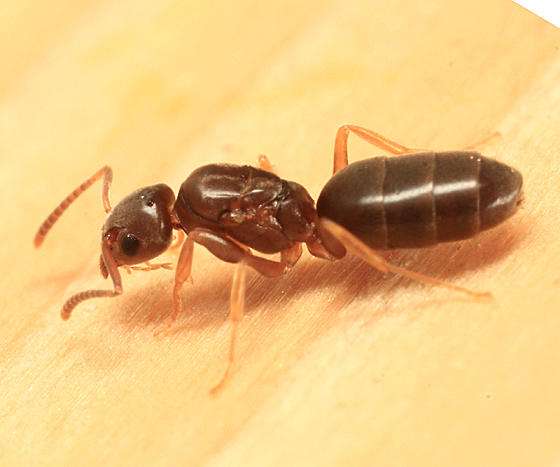
This species, which builds its eggs in the ground, is more prevalent in open plains, tillage areas, and gardens than in wooded settings. This species and Pheidole parva are the two most prevalent Pheidole species in rural parts of North Vietnam. The nest entrance is typically surrounded by a tall, earthen wall. Workers vigorously hunt small invertebrates on the ground, including other ants that graze on the ground like Odontoponera denticulata.
Identification
A combination of the following characteristics set this species apart from other Indo-Chinese species: a minor promesonotal dome in lateral view with a low mound on its posterior slope; a minor and major head in lateral view strongly impressed on vertex; a major hypostoma at most with barely perceptible median and submedian processes; a major first gastral tergite lo; and a minor first gastral tergite.
Food
Insects like fruit flies, red runners, crickets, mealworms, buffalo worms, and dubias are good sources of food for care.
Beetle Jelly, ByFormica sunburst ant nectar, honeydew, etc. are examples of sugars.

High food requirements.
50 or more workers make up a nest.
AntLab Fusion Nest, 3D, ytong, plaster, acrylic, is the best form of nest to use.
Temperature: 25 to 28 degrees Celsius
Temperature range: 25–27 degrees
Optimum humidity: 60 to 80%
Outdoor air humidity: 60 to 70%
Table





